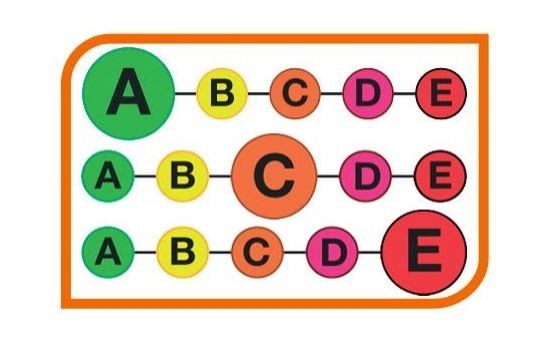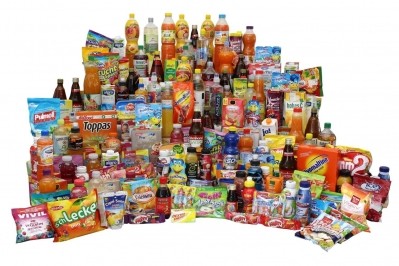Five-colour nutrition labelling ‘not easy to interpret’, says Foodwatch

Foodwatch’s judgement comes just weeks after consumer organisations Que Choisir and UFC hailed the colour-coded scheme as “an antidote to food marketing” and urged the government to make it the official French nutrition labelling code. Retail trade association FCD (la fédération des entreprises du commerce et de la distribution) also backed the five-colour system last week.
“Nutrition labeling presented by the FCD last week is misleading,” Foodwatch said in a French language statement. “It has no red light, implying that all foods are more or less healthy. Instead of informing, it suggests consumption frequencies for processed products.”
The colour coding system was proposed by Professor Serge Hercberg in early 2014. It takes into account saturated fat, sugar, salt and calories – and in some circumstances protein, fibre, fruits, vegetables and nuts – and combines the results on a five-point scale with dots coloured green, yellow, orange, pink or red. A red dot indicates a product that should be consumed rarely or in limited quantity, while a green dot indicates one that should be consumed daily or in greater quantity.
Foodwatch said: “A code that has five colours and five letters is not easy to interpret at a glance. For years, Foodwatch has supported the traffic light system developed by British health authorities. It draws on the universally understood traffic lights: green for a healthy product, orange when it is necessary to consume in moderation, and red for the products to avoid.”
It added that most French people support and understand traffic light labels, citing a survey conducted by Nutrinet Santé, which found 83% of more than 36,000 participants supported traffic lights.
FCD said recommended consumption frequency for particular products would be assessed by a multidisciplinary scientific committee. However, Foodwatch approached French Society of Public Health and the French Society of Pediatrics, who said: “No committee of experts in the world has dared to propose a system defining consumption frequency for food brands…at the risk of inducing inadequate eating habits.”















